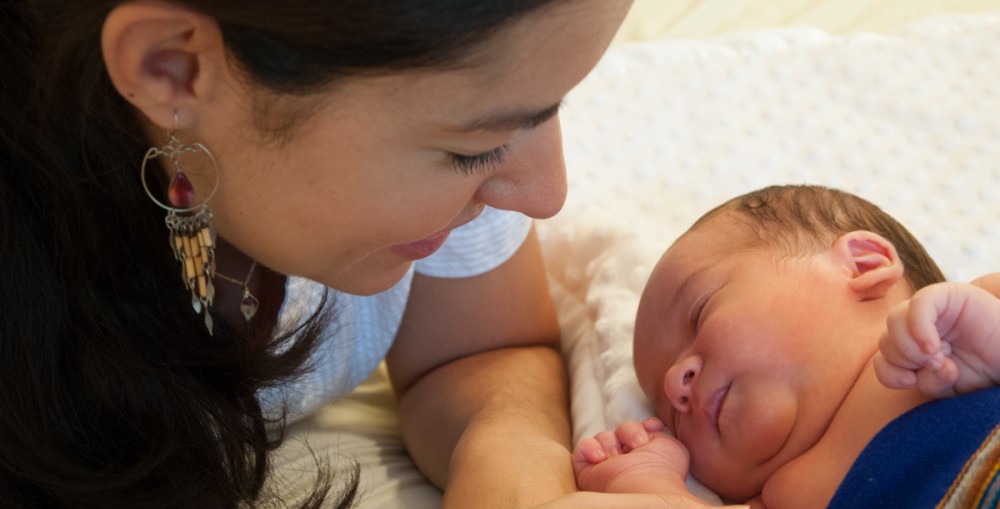Deciding where to give birth is very personal decision, but it is dictated by societal influences, such as socioeconomic status, availability to different types of care, and geographic location. Oftentimes, women don’t have the freedom to choose where to give birth. For example, women in rural or low-income areas may not have access to hospital birth. On the other hand, many women in places where birth is largely medicalized- such as the United States- do not know that they have options outside of hospital births or do not have access to alternative birth locations. Women should be provided with multiple options during their pregnancy, so they can decide what may be best for them. There are advantages and disadvantages for each birth setting, and because each woman and experience is different, we should not generalize and state that one birth setting is best for all women.
Home birth
Advantages: comfort in one’s own home, ability to eat, drink, and move freely, ability to choose in what room and position to give birth, often more affordable than hospital birth, fewer interventions (http://www.cdc.gov/nchs/data/databriefs/db84.htm)
Disadvantages: possible delay of emergency medical care, limited access to pain-relieving drugs, may not be covered by insurance, not available to women deemed “at risk”
Hospital birth
Advantages: close access to medical care, full staff available to attend the birth, open to patients of all medical backgrounds
Disadvantages: no drinking or eating, movements limited, labor is often rushed, likeliness of intervention increases, standard birth position on back, lack of informed consent, requires travel, expensive
Birth center birth
Advantages: freedom to eat, drink, and move, rooms designed for specific types of birth (water birth, etc.), multiple trained staff available, ability to choose position, fewer interventions, more drugs and technologies on hand than home birth
Disadvantages: requires travel, possibly delay of emergency medical care
Note that many of these disadvantages and advantages depend on the individual birth setting and caregivers and that this is a general composition.
There should not be laws that dictate where women give birth. Instead, women should be trusted to make their own medical decisions based on what is best for them. However, there should be laws (or lack thereof) that ensure that women have access to a variety of types of care during birth. Thus, hospitals should be regulated to ensure that women of all income and geographic settings could access them. Also, currently, 28 states prohibit the practice of Certified Professional Midwives, who most often attend homebirths (http://mana.org/about-midwives/legal-status-of-us-midwives). In addition to legal advocacy, it is important to advocate for a larger change to the system that tells women that 1) they are not competent enough to choose where and how to give birth and 2) medicalized (hospital) birth is the only way to give birth.
Sources and additional information:
http://www.cdc.gov/nchs/data/databriefs/db84.htm
Summary and statistics about home birth in the US
http://mana.org/about-midwives/legal-status-of-us-midwives
An explication of the legal status of midwives in the US

This post reminds me a lot about the discussion in class about the standards to become a certified midwife. While the international standards require at least 3 years of education to become a certified midwife, many individuals across the world are highly skilled and successful at being midwives without having a formal education. An example of this is Monique from the book we read earlier the semester. Even though she had no more than a secondary education, she was one of the most successful midwives in the region, with mothers traveling from all surrounding villages to seek her care. Even with an informal educational background she was highly skilled and effective at her job.
However, in the United States and other developed nations, the federal government has the ability to require midwives to have a formal means of education. If governments are able to successfully implement a policy that requires midwives to have proper, formal education, then mothers would be confident in the skills of their birth attendants. Rather than solely trusting the opinion of other mothers that have said that a certain midwife is very good, mothers can view their credentials and be sure that the midwife is highly skilled. Therefore, I am in support of state governments requiring midwives to have higher levels of education to legally care for mothers. While mothers should be given the choice to have their birth in whatever means they feel most comfortable, they should feel confident in the skills and expertise of their birth attendants. I believe that requiring higher levels of education for these birth attendants would lead to greater health outcomes.